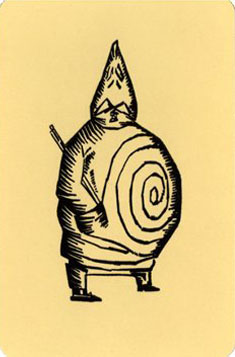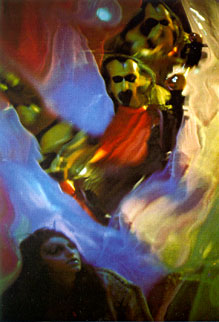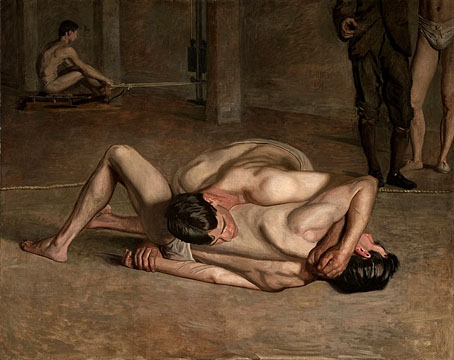I wrote about the great Oz magazine a couple of weeks ago. Former editor Richard Neville has maintained his anti-authoritarianism and sense of mischief since the 1960s and this week provoked more controversy with a fake website, johnhowardpm.org, that includes an “apology” for his part in the Iraq war supposedly written by egregious Australian PM John Howard. The response from the freedom-loving government of Australia has been to shut down the site using the kind of spurious and nonsensical justification usually favoured by the Chinese authorities. As usual with these kind of actions, this story will now get far more publicity – and the “apology” will be read by a lot more people – than it would have done had the wretches left it alone.
News story below from The Sydney Morning Herald. Richard Neville’s site is here and includes a pdf transcript of the offending material.
A spoof John Howard website that featured a soul searching “apology” speech for the Iraq war has been shut down under orders from the Australian Government.
Richard Neville, an Australian futurist and social commentator was “mystified” to discover his satirical website johnhowardpm.org had been blocked on Tuesday with no explanation from either his web hosting company, Yahoo or the domain name registrar, Melbourne IT.
He said that after two days of silence, a customer service representative from Melbourne IT today informed him by telephone that the site had “been closed on the advice from the Australian Government”.
Mr Neville’s satirical “apology” speech ran on a mocked-up version of a spoof website that resembled Mr Howard’s own, and after going live on Monday, received 10,500 visits within 24 hours.
Bruce Tonkin, the chief technology officer at Melbourne IT, said the site had been shut down in response to a request from the Prime Minister’s office on basis that it looked too similar to its own site.
“If we receive a complaint from an intellectual property basis claiming that a website directly infringes the rights of another site we would check it, and if it is a direct copy we would suspend the site,” he said.
He said the issue of whether or not the content was satirical was of no consequence to Melbourne IT. “To us it looks like a phishing site,” he said.
Mr Neville contests that there are any similarities between a satirical website and a phishing operation, which would typically carry an intent of data or financial theft.
“I don’t see how you can make judgements that ignore the content or intention of the site. To give the satire more impact it was important to make it look like an official speech. Obviously there was no hacking of the original site, and I did not choose to make it too close to the actual design, and my name and address were readily accessible,” he said.
He added that one of the reasons he had chosen Yahoo’s hosting service was because it did not have any obvious policies that restricted the nature of content that could be published.
“If there were objections to the content on the site, isn’t there a democratic tradition that I be informed of it,” he said.
Mr Neville describes the parody as an act of satire and culture jamming, and is now running a link to a PDF copy of the speech on his website.
He has been involved in satirical publishing since the 1960’s when he edited Oz magazine, which covered contentious issues of the time. However some of the subject matter led to obsenity charges for him and his colleagues, that were later overturned.

 Reworking the illustrations of the standard fifty-two card playing deck has become quite a common thing in recent years with numerous themed decks being produced in costly limited editions. The same goes for decks of Tarot cards which have now been mapped across a number of different magical systems and produced in sets that often add little to the philosophy of the Tarot but merely vary the artwork. This wasn’t always the case, and certainly not in the 1940s when André Breton and a group of fellow Surrealists produced designs for a fascinating deck of cards that hybridises the Tarot and the more mundane pack of playing cards in an attempt to create something new.
Reworking the illustrations of the standard fifty-two card playing deck has become quite a common thing in recent years with numerous themed decks being produced in costly limited editions. The same goes for decks of Tarot cards which have now been mapped across a number of different magical systems and produced in sets that often add little to the philosophy of the Tarot but merely vary the artwork. This wasn’t always the case, and certainly not in the 1940s when André Breton and a group of fellow Surrealists produced designs for a fascinating deck of cards that hybridises the Tarot and the more mundane pack of playing cards in an attempt to create something new.



 ANNOUNCING THE AKASHIC RECORD DVD SERIES – A BASTET EXCLUSIVE
ANNOUNCING THE AKASHIC RECORD DVD SERIES – A BASTET EXCLUSIVE

